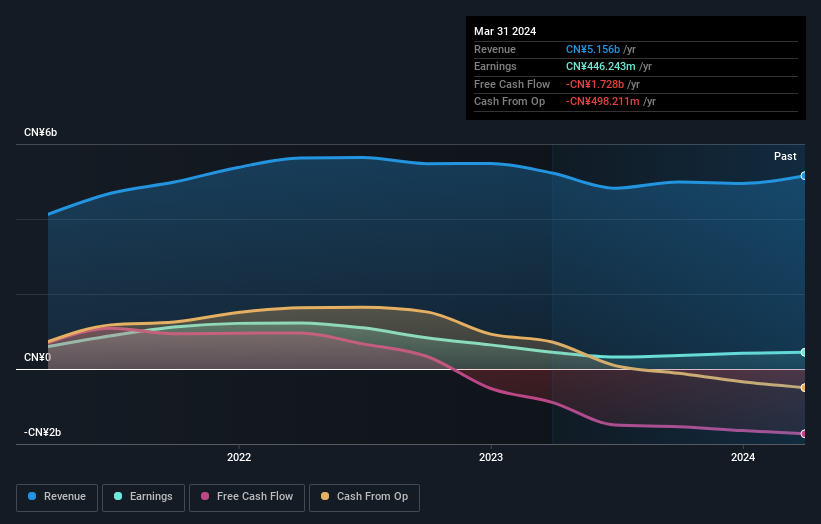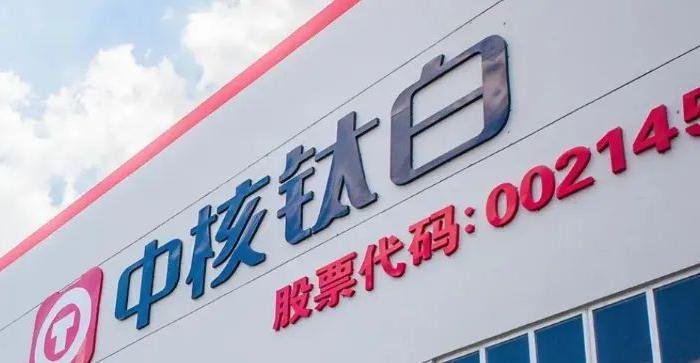Key Insights
- The considerable ownership by individual investors in CNNC Hua Yuan Titanium Dioxide indicates that they collectively have a greater say in management and business strategy
- The top 7 shareholders own 51% of the company
- Insider ownership in CNNC Hua Yuan Titanium Dioxide is 35%
To get a sense of who is truly in control of CNNC Hua Yuan Titanium Dioxide Co., Ltd (SZSE:002145), it is important to understand the ownership structure of the business. The group holding the most number of shares in the company, around 39% to be precise, is individual investors. That is, the group stands to benefit the most if the stock rises (or lose the most if there is a downturn).
While insiders who own 35% came under pressure after market cap dropped to CN¥16b last week,individual investors took the most losses.
Let’s delve deeper into each type of owner of CNNC Hua Yuan Titanium Dioxide, beginning with the chart below.

What Does The Institutional Ownership Tell Us About CNNC Hua Yuan Titanium Dioxide?
Institutional investors commonly compare their own returns to the returns of a commonly followed index. So they generally do consider buying larger companies that are included in the relevant benchmark index.
CNNC Hua Yuan Titanium Dioxide already has institutions on the share registry. Indeed, they own a respectable stake in the company. This can indicate that the company has a certain degree of credibility in the investment community. However, it is best to be wary of relying on the supposed validation that comes with institutional investors. They too, get it wrong sometimes. If multiple institutions change their view on a stock at the same time, you could see the share price drop fast. It’s therefore worth looking at CNNC Hua Yuan Titanium Dioxide’s earnings history below. Of course, the future is what really matters.

CNNC Hua Yuan Titanium Dioxide is not owned by hedge funds. Our data shows that Zelong Wang is the largest shareholder with 35% of shares outstanding. Meanwhile, the second and third largest shareholders, hold 3.7% and 3.2%, of the shares outstanding, respectively.
We did some more digging and found that 7 of the top shareholders account for roughly 51% of the register, implying that along with larger shareholders, there are a few smaller shareholders, thereby balancing out each others interests somewhat.
While it makes sense to study institutional ownership data for a company, it also makes sense to study analyst sentiments to know which way the wind is blowing. Our information suggests that there isn’t any analyst coverage of the stock, so it is probably little known.
Insider Ownership Of CNNC Hua Yuan Titanium Dioxide
While the precise definition of an insider can be subjective, almost everyone considers board members to be insiders. Company management run the business, but the CEO will answer to the board, even if he or she is a member of it.
Insider ownership is positive when it signals leadership are thinking like the true owners of the company. However, high insider ownership can also give immense power to a small group within the company. This can be negative in some circumstances.
It seems insiders own a significant proportion of CNNC Hua Yuan Titanium Dioxide Co., Ltd. It is very interesting to see that insiders have a meaningful CN¥5.7b stake in this CN¥16b business. Most would be pleased to see the board is investing alongside them. You may wish to access this free chart showing recent trading by insiders.
General Public Ownership
The general public, who are usually individual investors, hold a 39% stake in CNNC Hua Yuan Titanium Dioxide. While this size of ownership may not be enough to sway a policy decision in their favour, they can still make a collective impact on company policies.
Next Steps:
It’s always worth thinking about the different groups who own shares in a company. But to understand CNNC Hua Yuan Titanium Dioxide better, we need to consider many other factors. Be aware that CNNC Hua Yuan Titanium Dioxide is showing 2 warning signs in our investment analysis , and 1 of those makes us a bit uncomfortable…
If you would prefer check out another company — one with potentially superior financials — then do not miss this free list of interesting companies, backed by strong financial data.
NB: Figures in this article are calculated using data from the last twelve months, which refer to the 12-month period ending on the last date of the month the financial statement is dated. This may not be consistent with full year annual report figures.





